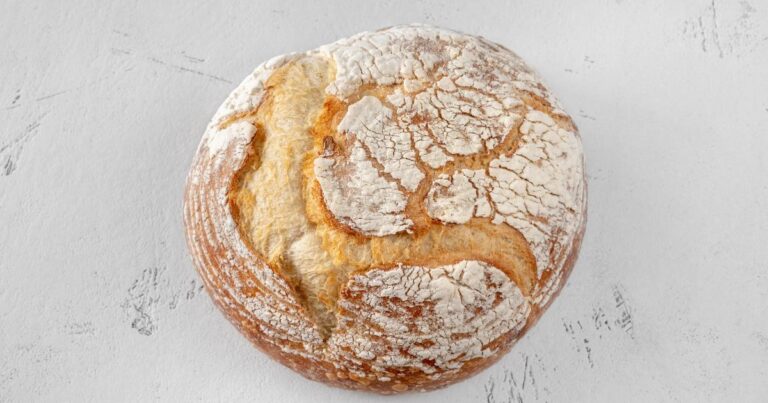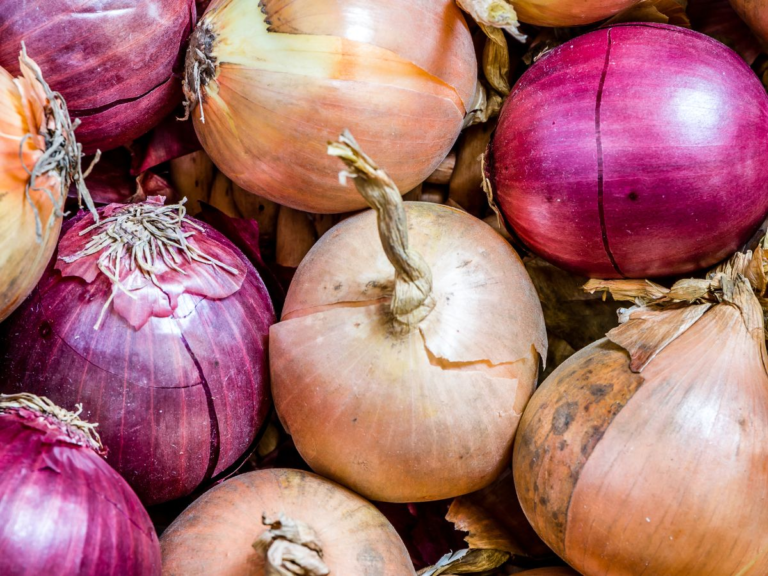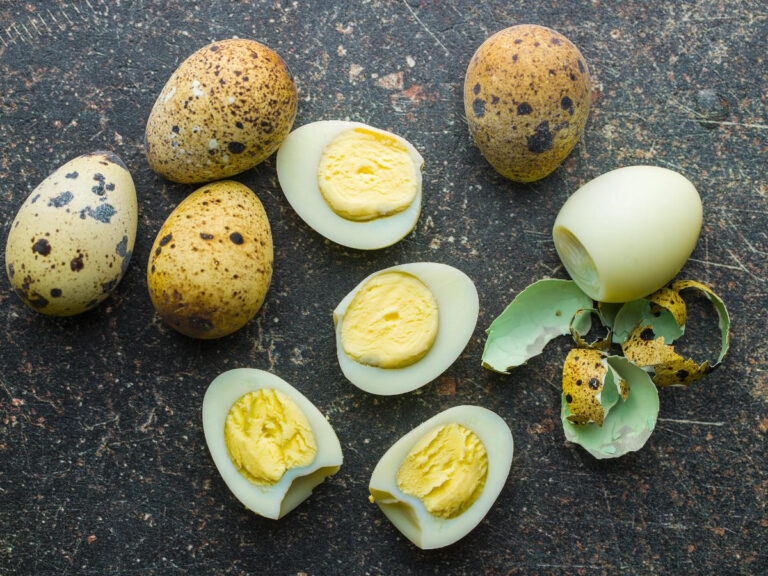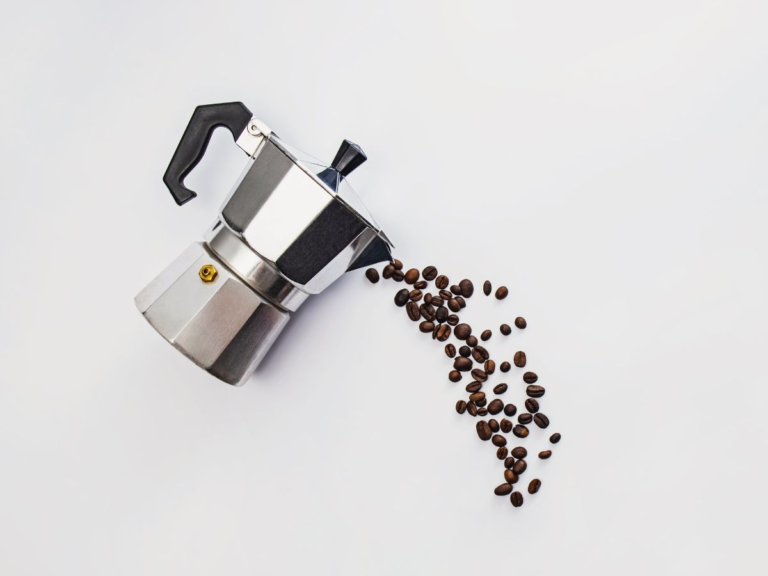Eating Corn With Diabetes: Good or Bad?
You might hear the words Sweet corn and wonder if corn is safe to eat for someone who has diabetes. I’m going to break down how corn can be starchy and filling but an absolute treasure of a vegetable for Diabetics or anyone trying to eat healthy while putting in the effort to not raise blood sugar levels. Can Diabetics Eat Corn? Whether you have a frozen bag of corn or a freshly shucked corn on the cob smothered in butter and herbs let me show you one of my top favorite veggies which just so happens to be a diabetic indulgence.
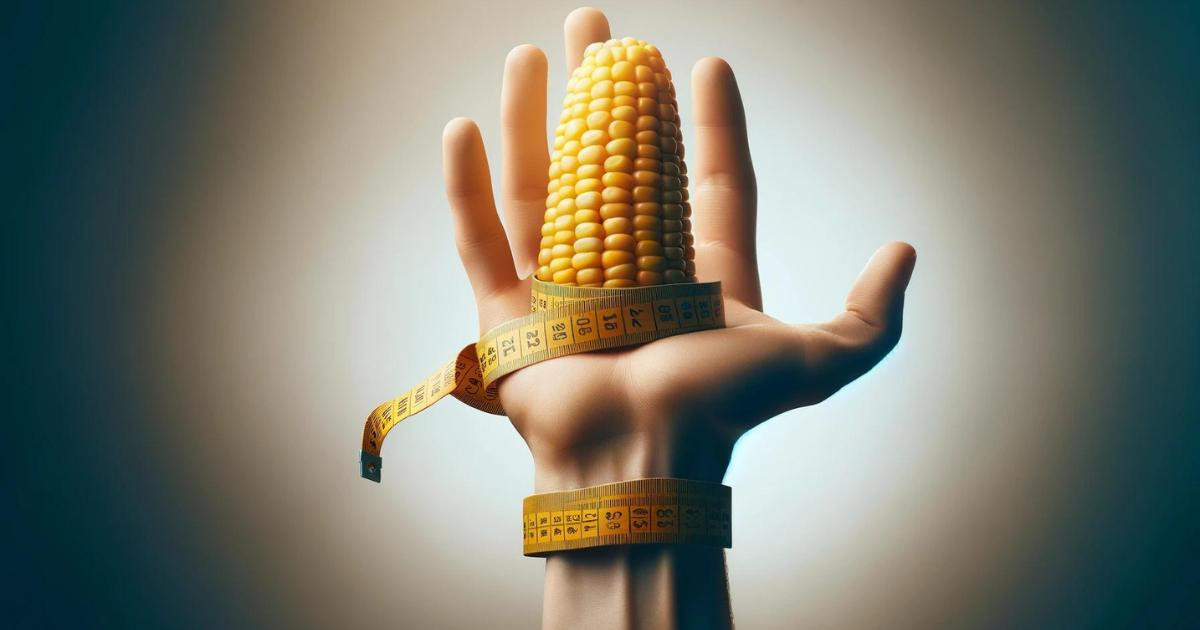
When you’re living with diabetes, every meal feels like a performance, where the wrong ingredient can throw the entire harmony off. As someone who’s twirled through kitchens, dabbled with diets, and harmonized health with flavor, I’ve seen firsthand the confusion corn presents to those keeping blood glucose levels at a close glance.
Frozen or canned corn, so many ways to enjoy but can someone with diabetes eat corn whenever they feel like it? On one hand, it bursts with sweetness; on the other, it’s tangled in misconceptions, especially for people with diabetes.
Come with me as we rediscover corn in its vibrant hues of yellow and white, and show how corn has a role in a diabetes-friendly diet filtering through the starchy vegetables without the glycemic load, and unlocking a recipe that will have you looking at corn in a whole new light.
Is Corn good for diabetes? It’s a narrative that weaves through cultures, cuisines, and now, chronic health and weight management. It’s time to peel back the husk and reveal the truth about corn and diabetes.
Table of Contents
Can Diabetics Eat Corn?
Here’s your one-way ticket to understanding how corn, whether fresh, frozen, or even canned corn, fits into a diabetes-friendly diet, breaking down the myths and serving up the facts with a side of easy-to-digest advice.
Because no talk of corn would be complete without a recipe, maybe not a cornbread but it’s a tasty one that will make your heart and blood sugar thank you.
Understanding Diabetes and Glycemic Index

Navigating the world of diabetes requires a keen understanding of the glycemic index (GI), a tool that ranks foods based on their impact on blood sugar levels.
It’s like a compass in the wilderness of nutrition, guiding us toward choices that maintain the delicate glucose balance in the bloodstream. For those of us with diabetes, this knowledge isn’t just power—it’s a daily lifeline.
The glycemic index might sound like scientific jargon, but it’s actually quite straightforward.
Foods with a high GI score bring a rapid increase in blood sugar levels, while those with a low score have a slower, more controlled effect.
Where Does Corn Stand?
Sweet corn, the type we love off the cob or in our salads, has a moderate GI score.
It’s not as low as leafy greens, nor as high as processed snacks. This middle ground means corn can fit into a diabetes-conscious diet, but like a strong seasoning, the key is in the dosage.
The Nutritional Profile of Corn
Beyond its GI score, corn brings a basket of nutritional benefits. It’s rich in fiber, which can slow the absorption of sugar into the bloodstream, helping to manage those peaks and valleys in glucose levels.
Corn also packs vitamins and minerals that support overall health, from eye-protecting lutein to B vitamins for energy. It’s a reminder that foods are more than just their impact on blood sugar; they’re a mosaic of nutrients contributing to our health symphony.
The Takeaway
For people with diabetes, integrating corn into meals requires a bit of strategy. It’s about balancing the act, pairing corn with foods that have a low GI score and high in fiber or protein to mitigate the overall impact on blood sugar levels.
A small serving of corn alongside leafy greens and lean protein can transform a potential glucose spike into a harmonious meal, turning the feared into the favored.
Sweet corn sits comfortably in the low to moderate GI range, which means it’s got a balanced tempo, not too fast, not too slow on impacting blood sugar.
GI and Your Diet: Knowing where foods land on the GI scale helps you orchestrate a meal plan that keeps your blood sugar in harmony.
Balance Is Key: It’s all about how you pair up foods. Combining corn with lower GI partners can make a meal that’s music to your ears (and blood sugar).
Diabetes, Glycemic Index, and Corn

Navigating the maze of diabetes management, one often stumbles upon the term “glycemic index” (GI), a beacon that guides us through the foggy landscape of blood sugar control.
It’s a scale that ranks carbohydrates on a scale from 0 to 100 based on their impact on our blood sugar levels.
Low GI foods are the slow burners, offering a gentle rise in sugar levels, while high GI foods are akin to a rocket launch – fast and furious.
Why GI Matters in Diabetes
Steady as She Goes: For individuals managing diabetes, maintaining a smooth and steady blood sugar level is akin to keeping a boat stable in choppy waters. Low GI foods help in this quest, sustaining energy release without the dramatic peaks and valleys.
The Balancing Act: Incorporating low to medium GI foods into your diet is like finding the perfect balance on a seesaw, where every meal is an opportunity to keep blood sugar levels in harmony.
Corn’s GI Performance: Corn, especially sweet corn, performs an interesting balancing act on the GI scale. With a GI score ranging from low to moderate, sweet corn doesn’t just leap into the bloodstream with a sugar rush. Instead, it takes a leisurely stroll, making it a manageable option for people with diabetes, provided portion sizes are watched. Here’s how corn plays its part:
Fiber Forward: Corn is decked out with dietary fiber, slowing down the digestion process and the absorption of sugar, which in turn, can help manage blood sugar levels.
A Symphony of Nutrients: Beyond its GI score, corn brings a medley of vitamins, minerals, and antioxidants to the table, contributing to overall health and well-being.
Striking the Right Chord:
Portion Control: Like in any great recipe, moderation is key. A small serving of corn can fit nicely into a diabetes-friendly diet, adding variety without the worry of a sugar spike.
The Ensemble Effect: Pairing corn with foods with low GI scores and rich in proteins or healthy fats can create a balanced, blood sugar-friendly meal. It’s about creating a harmonious plate that sings to the tune of health.
In the grand scheme of diabetes management, understanding the role of glycemic index and how different foods, including corn, affect your blood sugar is pivotal.
It’s not just about eliminating foods but about creating a balanced, nutritious diet that can include your favorites, corn included, in the right measures and combinations.
Corn: A Nutritional Encore

This section is dedicated to unpacking the nutritional composition of corn and why it can be a virtuoso performer in a diabetes-friendly diet.
Corn’s Composition – Beyond the Frozen Corn Kernel:
Fiber Fest: Corn is rich in dietary fiber, a crucial component for managing diabetes. Fiber helps in the slow release of glucose into the bloodstream, preventing sudden spikes in blood sugar levels.
Vitamin Virtuoso: Packed with B-vitamins, corn is a powerhouse of energy metabolism support. Thiamin (B1) for nerve health and niacin (B3) for cholesterol control play pivotal roles, especially for those managing diabetes.
Mineral Maestro: With magnesium playing the strings of enzyme function and phosphorus keeping the beat of cell repair, corn’s mineral content harmonizes bodily functions essential for overall health.
Antioxidant Arrangement: Antioxidants in corn, like lutein and zeaxanthin, act as the protective detail against oxidative stress, contributing to eye health and warding off chronic conditions.
Why This Matters for Diabetes: The symphony of nutrients found in corn plays a critical role in managing diabetes beyond just blood sugar control. The dietary fiber for glucose management, vitamins for energy and repair, minerals for bodily functions, and antioxidants for cellular protection, all contribute to a well-rounded diet.
The Performance of Portion and Preparation:
Portion Prodigy: A moderate serving, such as half a cup of cooked corn or a small ear, harmonizes well within a diabetes diet, adding variety without sacrificing control.
Preparation Prelude: How corn is prepared can significantly affect its nutritional performance. Grilled or boiled corn, enjoyed in its simplest form, retains most of its beneficial properties without adding unhealthy fats or excessive salt.
Corn: A Kernel of Truth

It’s time to zoom in on this kernel of truth and uncover what makes corn a noteworthy contender in a diabetes-friendly diet.
Nutritional High Notes: Corn is not merely a vehicle for butter and salt; it’s a powerhouse of nutrients that play a pivotal role in overall health. Here’s what each kernel brings to the table:
Fiber: This is corn’s headline act. Fiber helps manage blood sugar levels by slowing the absorption of sugar into the bloodstream, making corn a valuable player for people with diabetes. A diet high in fiber is like a slow-release energy capsule, providing sustained fuel without the spikes.
Vitamins and Minerals: Corn is a natural repository of B vitamins, including thiamin (B1) and niacin (B3), essential for energy production and optimal nerve function. It doesn’t stop there; corn also offers a sprinkle of minerals such as magnesium and potassium, which support heart health and help maintain muscle function.
Antioxidants: Beyond its nutrient-rich profile, corn is a treasure trove of antioxidants, including lutein and zeaxanthin, which are like guardians for your eyes, protecting them against the wear and tear of time.
Dietary Symphony: Incorporating corn into your diet isn’t just about adding a splash of color to your plate; it’s about enriching your meals with a blend of nutrients that support diabetes management and overall health. Here are a few reasons why corn deserves a standing ovation:
Glycemic Control: Thanks to its fiber content, corn can be part of a strategy to control glycemic response, offering a way to enjoy sweetness without the worry of rapid sugar spikes.
Heart Health Harmony: The mix of fiber, B vitamins, and minerals plays a tune that’s music to the ears of heart health, supporting cardiovascular function and reducing the risk of heart disease.
Eye Health Encore: With antioxidants in the spotlight, corn also contributes to eye health, protecting against age-related macular degeneration and keeping your vision sharp.
The Impact of Corn on Blood Sugar

So, how does corn sway the blood sugar scales? It’s all about moderation and context. Eating corn might tip the scales a bit, but when you mix it with a balanced cast of nutrients, you’ve got a recipe for success. Here are the golden rules:
Moderation and Measurement:
Portion Control: The first step in maintaining harmony between corn and blood sugar is portion control. A reasonable serving size – think half a cup of kernels or a small ear of corn – can fit seamlessly into a carbohydrate-controlled diet without causing significant blood sugar spikes.
Complementary Pairings:
Mix it Up: Pairing corn with foods that have a lower glycemic index and are rich in proteins or healthy fats can mitigate the impact on blood sugar levels. Think grilled chicken, leafy greens, or a hearty bean salad. This mix-and-match approach helps slow the absorption of glucose, keeping the melody of your meal balanced.
The Role of Fiber:
Fiber’s Lead: The dietary fiber in corn deserves a solo for its role in regulating blood sugar levels. By slowing down the digestion process, fiber helps prevent rapid spikes in blood sugar, offering a steadier release of energy. Including fiber-rich foods like corn in your diet can support overall glycemic control.
Navigating the Varieties:
Choose Wisely: Not all corn is created equal. Sweet corn, popcorn, and field corn each have different nutritional profiles and glycemic indices. Sweet corn, often eaten on the cob, has a lower GI than some might expect, making it a preferable choice for those managing diabetes. Popcorn pr corn chips, a whole grain, is another excellent option when lightly seasoned and not drenched in butter or salt.
Incorporation Into Meals:
Balanced Plates: When adding corn to your diet, consider the entire meal’s composition. A plate balanced with vegetables, lean protein, and a small portion of corn can contribute to a satisfying, diabetes-friendly meal without compromising blood sugar control.
Practical Tips for Enjoying Corn
Go Fresh: Opt for fresh corn instead of canned corn, as it contains the most nutrients and has a lower GI than processed forms.
Watch the Add-ons: Be mindful of what you’re adding to corn. Butter, salt, and other high-calorie or high-fat toppings can counteract the health benefits.
Experiment: Explore different ways to prepare grilled, boiled, or roasted corn to add variety to your diet without adding unnecessary sugars or fats.
Charred Corn and Black Bean Salad Recipe
This salad is a vibrant, nutrient-packed dish that combines the sweetness of charred corn with the hearty, fiber-rich goodness of black beans, all wrapped up in a zesty lime dressing. It’s a perfect example of how balancing flavors and ingredients can result in a healthy and delicious dish.
Ingredients
2 ears of fresh sweet corn, husks and silk removed
1 cup black beans, cooked or canned (rinsed if canned)
1 large ripe avocado, diced
1/2 cup cherry tomatoes, halved
1/4 cup red onion, finely chopped
1/4 cup fresh cilantro, chopped
Juice of 1 lime
2 tablespoons extra virgin olive oil
Salt and pepper, to taste
A pinch of ground cumin (optional)
Instructions
Prep the Corn: Heat a grill pan or outdoor grill to medium-high heat. Add the corn ears and cook, turning occasionally, until they are nicely charred on all sides, about 10 minutes. Remove from heat and let cool slightly before cutting the kernels off the cob.
Assemble the Salad: In a large bowl, combine the charred corn kernels, black beans, avocado, cherry tomatoes, red onion, and cilantro.
Dress It Up: In a small bowl, whisk together the lime juice, extra virgin olive oil, salt, pepper, and ground cumin if using. Pour this dressing over the salad and toss gently to combine.
Serve: Let the salad sit for about 10 minutes to allow the flavors to meld together. Serve at room temperature or chilled, as a standalone dish or as a side to a lean protein for a complete meal.
Conclusion
The key takeaway is that corn when enjoyed in moderation and as part of a balanced diet, can be a healthy addition to a diabetic diet. It’s not just about whether to eat corn but how you incorporate it into your meals that matters most.
Corn’s moderate glycemic index means it doesn’t cause rapid spikes in blood sugar levels, particularly when consumed in reasonable portions and combined with other nutrient-dense foods.
Its fiber content, along with a bounty of vitamins, minerals, and antioxidants, supports not just glycemic control but overall health, underscoring the importance of looking at foods in a holistic manner.
The Charred Corn and Black Bean Salad recipe we shared is just one example of how corn can be part of delicious, nutritious meals that fit within a diabetes-friendly diet. It illustrates that managing diabetes doesn’t mean sacrificing flavor or enjoyment in your meals.
By understanding the effects of corn on blood sugar and applying practical tips for portion control and balanced eating, individuals with diabetes can enjoy corn as part of their diverse and healthful eating plan.
FAQ And Additional Information
Can Corn Raise Blood Sugar Levels?
Yes, corn can raise increase blood sugar levels due to its carbohydrate content. However, the impact on blood sugar varies depending on how much corn is consumed, the type of corn (e.g., sweet corn, frozen corn, popcorn), and what other foods are eaten with it.
Corn has a moderate glycemic index (GI), which means it can cause a moderate increase in blood sugar levels. Including corn as part of a balanced meal with fiber, protein, and healthy fats can help mitigate its impact on blood sugar, making it manageable for people with diabetes when consumed in moderation.
Is corn or rice better for diabetics?
For diabetics, the choice between corn and rice depends on the type and preparation of each.
Generally, whole grain options such as brown rice or whole corn are better due to their higher fiber content, which can help manage blood sugar levels by slowing the absorption of sugar into the bloodstream.
Between the two, brown rice has a slightly lower glycemic index (GI) than sweet corn, making it a better option for maintaining stable blood sugar levels.
However, portion control and balance with other foods are crucial for both. Including all sorts of whole grains in moderation, alongside a diet rich in vegetables, lean proteins, and healthy fats, is advisable for optimal blood sugar management.


